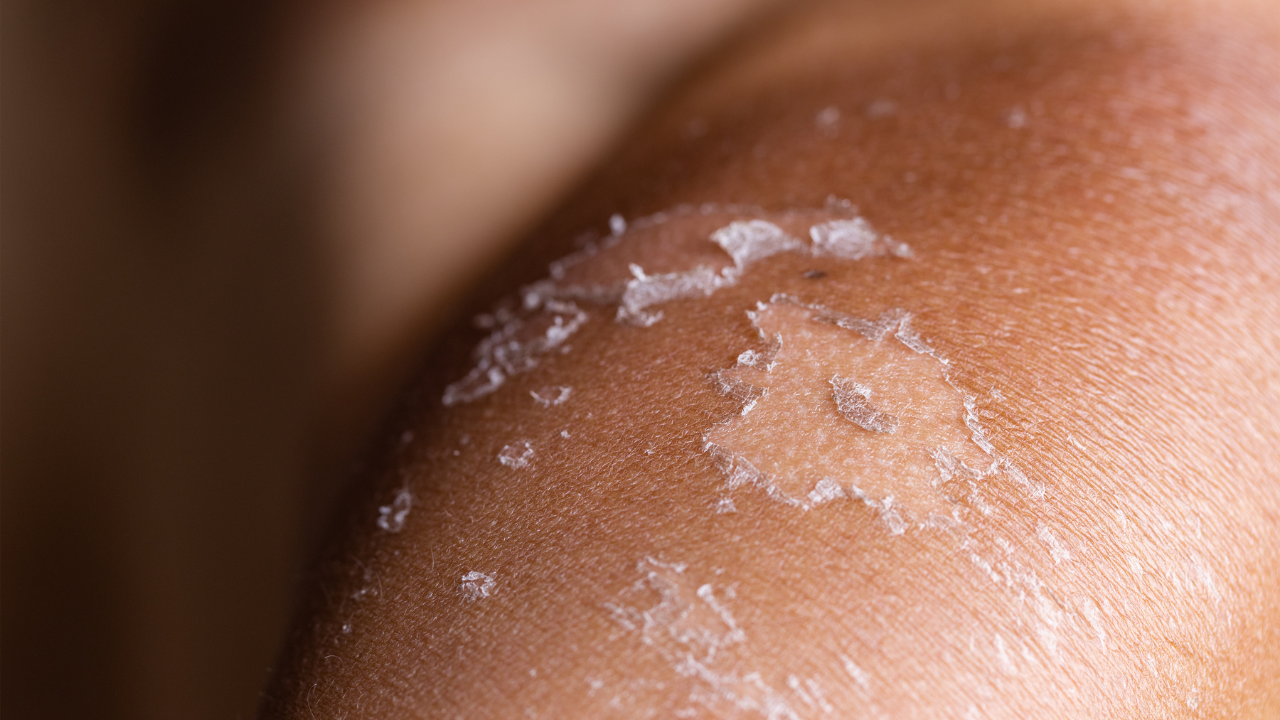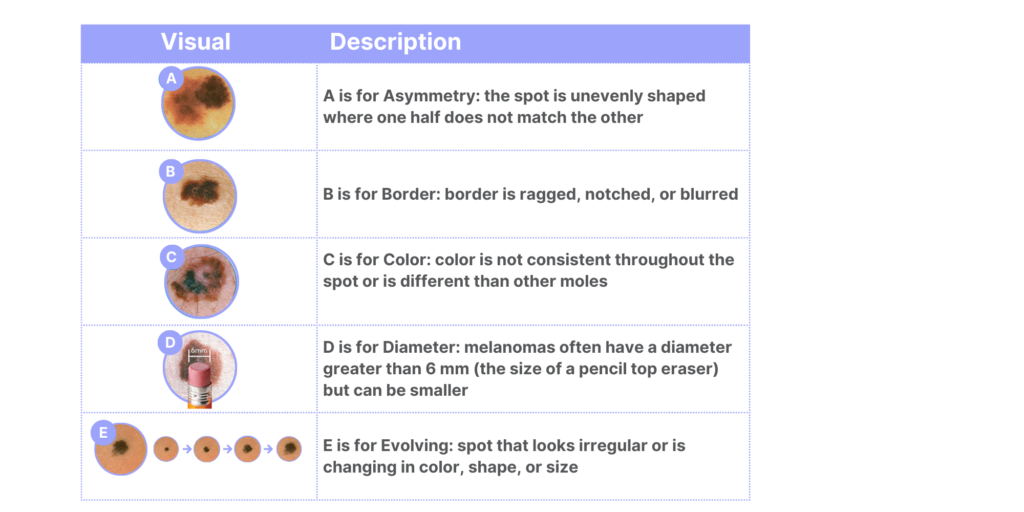Risk Factors for Melanoma

We’ve talked about the benefits of early detection of melanoma. However, melanoma is often underrecognized. Why is that the case? Not everyone is proactive about checking their own skin or having it checked by a health care professional. We all have skin that is exposed to the sun, so we are all at risk for skin cancer. However, some of us have an increased risk compared to the general public. It’s important to know your risk so you and your health care provider can develop a plan for monitoring your skin.
You can think of risk in two ways—your overall personal risk for melanoma as well as the risk posed by the spots themselves.
A wide array of factors increase your chances of developing melanoma. These include your exposure to ultraviolet (UV) light, your skin type, your genetics, and your medical history. Features that put you at risk for melanoma include:
Being aware of your risk factors and communicating them to your health care provider can help you make more informed health care decisions. Your health care provider can look at your skin at your regular visits. Some people at high risk for melanoma may need to be monitored by a dermatologist.
You can learn more about melanoma risk factors here
Your plan to check your skin should include self-checks that you can perform at home as well as regular screenings by a qualified health care professional. Self-checks involve being familiar with your skin and monitoring suspicious spots. Some of the hallmark features to look for include the ABCDEs of melanoma, which are illustrated in the Table below.

You can learn more about the ABCDEs of melanoma here
While the ABCDEs are helpful when evaluating a spot, it’s also important to trust your judgment for any spot that is concerning. Your spot does not need to have all five of the ABCDE features to be suspicious. A spot with just one of these features might warrant an appointment with your health care provider. Practically speaking, you should be on the lookout for any new or changing dark spots that don’t look like your other moles. If you find something like that, you should report it to your health care professional.
Are there specific circumstances in which your concern for spots should be heightened? Your personal history matters. For example, a new spot that pops up all of a sudden is more concerning as you get older or if you have a history of skin cancer. If you have had an organ transplant or are taking immunosuppressive drugs, you should also be on the lookout for anything new. This is because immunosuppressive drugs make it easier for cancer to evade the immune system, increasing the risk for skin cancer. It’s important to have a conversation with your health care provider about the recommended strategy for monitoring your skin based on your profile.